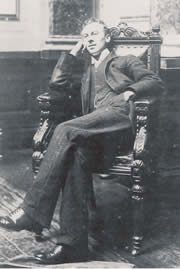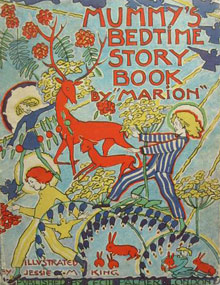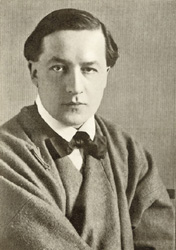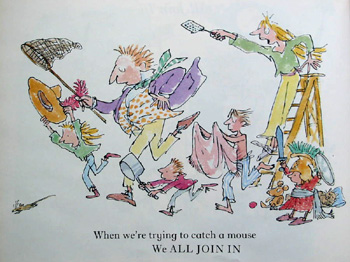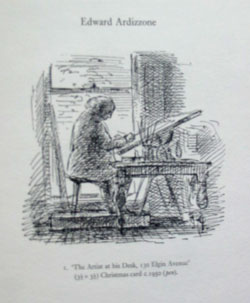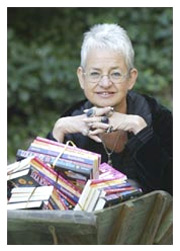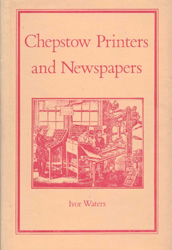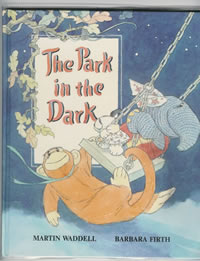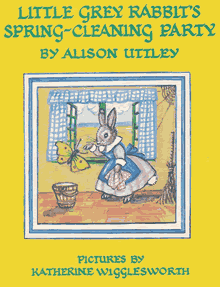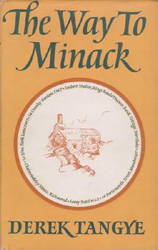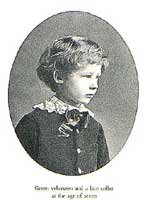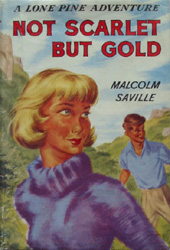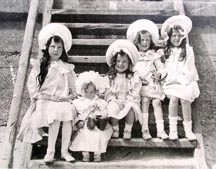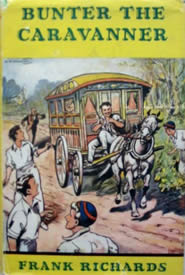Arthur Rackham
What artist do you know that has illustrated classics including 'The Wind in the Willows' 'Peter Pan' 'Alice in Wonderland' 'The Sleeping Beauty' 'Cinderella' 'A Midsummer Night's Dream' and 'Fairy Tales of theBrothers Grimm'?
Born in London, in 1867, Arthur Rackham's magical illustrations have attained a classic status, making his books among the most highly collected of all illustrated stories. Rackham himself however, has remained a shadowy figure, as elusive as the fairies and gnomes that inhabit many of his pictures.
Left: Arthur Rackham, photograph taken c.1890
Right: 'A Fairy Song'. Pen & ink watercoulour, 1928-1929.


